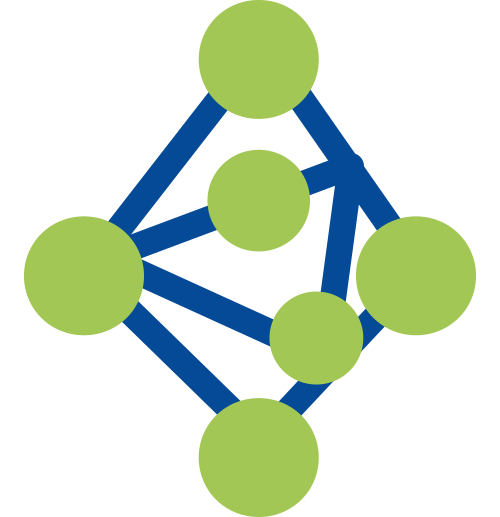2022. 06NGS
Patient-reported outcomes in a Chinese cohort of osteogenesis imperfecta unveil psycho-physical stratifications associated with clinical manifestations
Peikai Chen, Zhijia Tan, Anmei Qiu, Shijie Yin, Yapeng Zhou, Zhongxin Dong, Yan Qiu, Jichun Xu, Kangsen Li, Lina Dong, Hiu Tung Shek, Jingwen Liu, Eric H. K. Yeung, Bo Gao, Kenneth Man Chee Cheung & Michael Kai-Tsun To
Full Text
Abstract
Background
Osteogenesis imperfecta (OI) is a rare congenital disorder of the skeletal system, inflicting debilitating physical and psychological distress on patients and caregivers. Over the decades, much effort has been channeled towards understanding molecular mechanisms and developing new treatments. It has recently become more apparent that patient-reported outcome measurements (PROM) during treatment, healing and rehabilitation are helpful in facilitating smoother communication, refining intervention strategies and achieving higher quality of life. To date, systematic analyses of PROM in OI patients remain scarce.
Results
Here, utilizing a PROM Information System, we report a cross-sectional and longitudinal study in a southern Chinese cohort of 90 OI patients, covering both the child and adult age-groups. In the child group where both self and parental surveys were obtained, we identified two clusters of comparable sizes showing different outlooks in physical mobility and emotional experiences. One cluster (Cluster 1) is more negative about themselves than the other (Cluster 2). A concordance of 84.7% between self and parental assessments was recorded, suggesting the stability and validity of PROM-based stratification. Clinical subtyping, deformity, leg length discrepancy, and limited joint mobility were significantly associated with this stratification, with Cluster 1 showing higher percentages of severe phenotypes than Cluster 2. Since OI is a genetic disorder, we performed genetic testing on 72 of the 90 patients, but found no obvious association between genotypes and the PROM stratification. Analyses of longitudinal data suggested that patients tended to stay in the same psychological state, in both clusters. Adult patients also showed a continuous spectrum of self-evaluation that matches their clinical manifestations.
Conclusion
By systematically analyzing patient-reported outcomes, our study demonstrated the link between the sociopsychological wellbeing of OI patients, and their clinical manifestations, which may serve as the basis for evaluating clinical interventions and help achieve better patient-centric medical practices. The lack of genotype-PROM association may be due to the diverse mutational spectrum in OI, which warrants further investigation when a larger sample size is available.
 NGSHybridization Capture DNA Probe Hybridization Capture RNA Probe QuarXeq Human All Exon Probes 3.0 HRD panel Library Preparation DNA Library Preparation Kit Fragmentation Reagent RNA Library Preparation Kit mRNA Capture Kit rRNA Depletion Kit QuarPro Superfast T4 DNA Ligase Hybridization Capture QuarHyb DNA Plus 2 Reagent Kit QuarHyb DNA Reagent Kit Plus Hybridization and Cleaning Solution System QuarHyb Super Reagent Kit Pro Dynegene Adapter Family Dynegene Blocker Family Multiplex PCR QuarMultiple BRCA Amplicon QuarMultiple PCR Capture Kit 2.0 PathoSeq 450 Pathogen Library Corollary Reagent Streptavidin magnetic beads Equipment and Software The iQuars50 NGS Prep System
NGSHybridization Capture DNA Probe Hybridization Capture RNA Probe QuarXeq Human All Exon Probes 3.0 HRD panel Library Preparation DNA Library Preparation Kit Fragmentation Reagent RNA Library Preparation Kit mRNA Capture Kit rRNA Depletion Kit QuarPro Superfast T4 DNA Ligase Hybridization Capture QuarHyb DNA Plus 2 Reagent Kit QuarHyb DNA Reagent Kit Plus Hybridization and Cleaning Solution System QuarHyb Super Reagent Kit Pro Dynegene Adapter Family Dynegene Blocker Family Multiplex PCR QuarMultiple BRCA Amplicon QuarMultiple PCR Capture Kit 2.0 PathoSeq 450 Pathogen Library Corollary Reagent Streptavidin magnetic beads Equipment and Software The iQuars50 NGS Prep System Primers and Probes
Primers and Probes RNA SynthesissgRNA miRNA siRNA
RNA SynthesissgRNA miRNA siRNA



 Gene Synthesis
Gene Synthesis Oligo Pools
Oligo Pools CRISPR sgRNA Library
CRISPR sgRNA Library Antibody Library
Antibody Library Variant Library
Variant Library


 Tel: 400-017-9077
Tel: 400-017-9077 Address: Floor 2, Building 5, No. 248 Guanghua Road, Minhang District, Shanghai
Address: Floor 2, Building 5, No. 248 Guanghua Road, Minhang District, Shanghai Email:
Email: 







